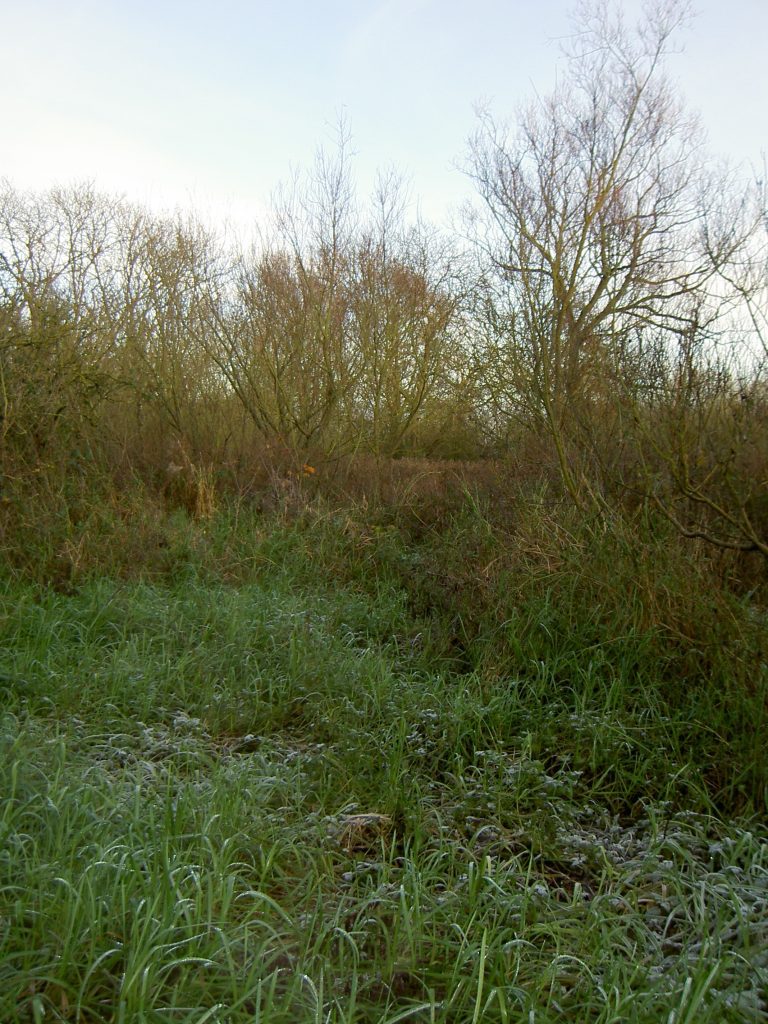
Above, another scene that may give some impression of the wildwood environment. In the wildwood plants and trees would all have been in competition for ground water and nutrients and for sunlight, ecologically a ‘dog-eat-dog’ environment.
Of course, eras before the Halocene (since the last Ice Age) would have had their natural flora and fauna and sometimes even archaeological evidence can shed light on the details by the discovery of imprints of plant leaves and the like in strata of a known epoch. In this line of thought the gingko, or maidenhair, tree is interesting. A native of eastern China (are there any plants left in eastern China?) the gingko tree has been planted as an ornamental tree in landscaped parks, municipal parks, arboretum and gardens for centuries but is known from fossil evidence to have existed as a species over 100 million years ago and probably grazed by dinosaurs.
Another 20th century pioneer academic in the field of landscape history, as well as W.G. Hoskins, is Oliver Rackham (1939-2015), who later in life was made Professor of Historical Ecology by Cambridge University. More so than Hoskins, Rackham concentrated on the woodland environment, his work leading to the official designation of ‘ancient woodland’. He produced many publications between 1976 and 2014 including his ‘History of the Countryside’.
(to be continued).